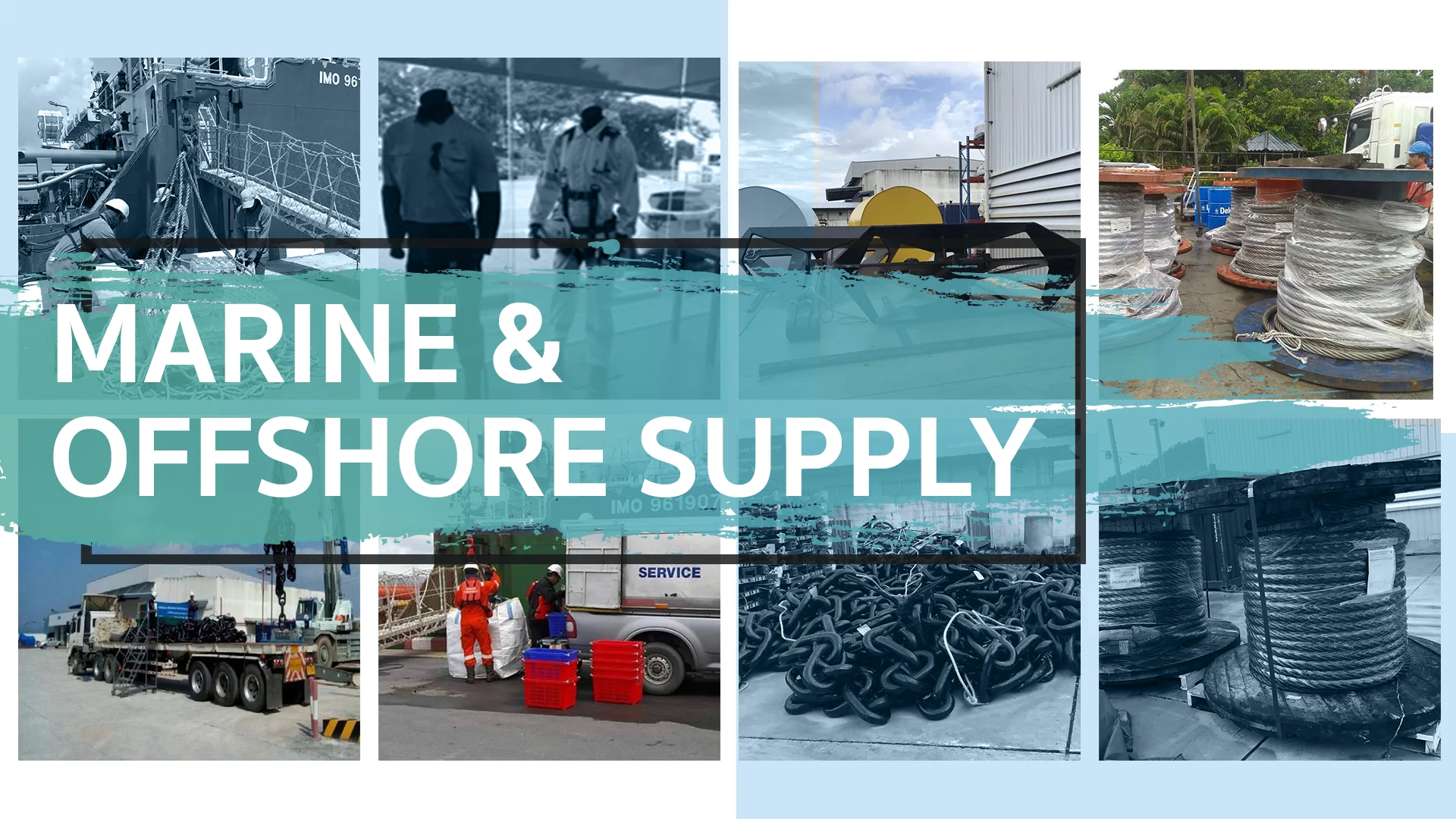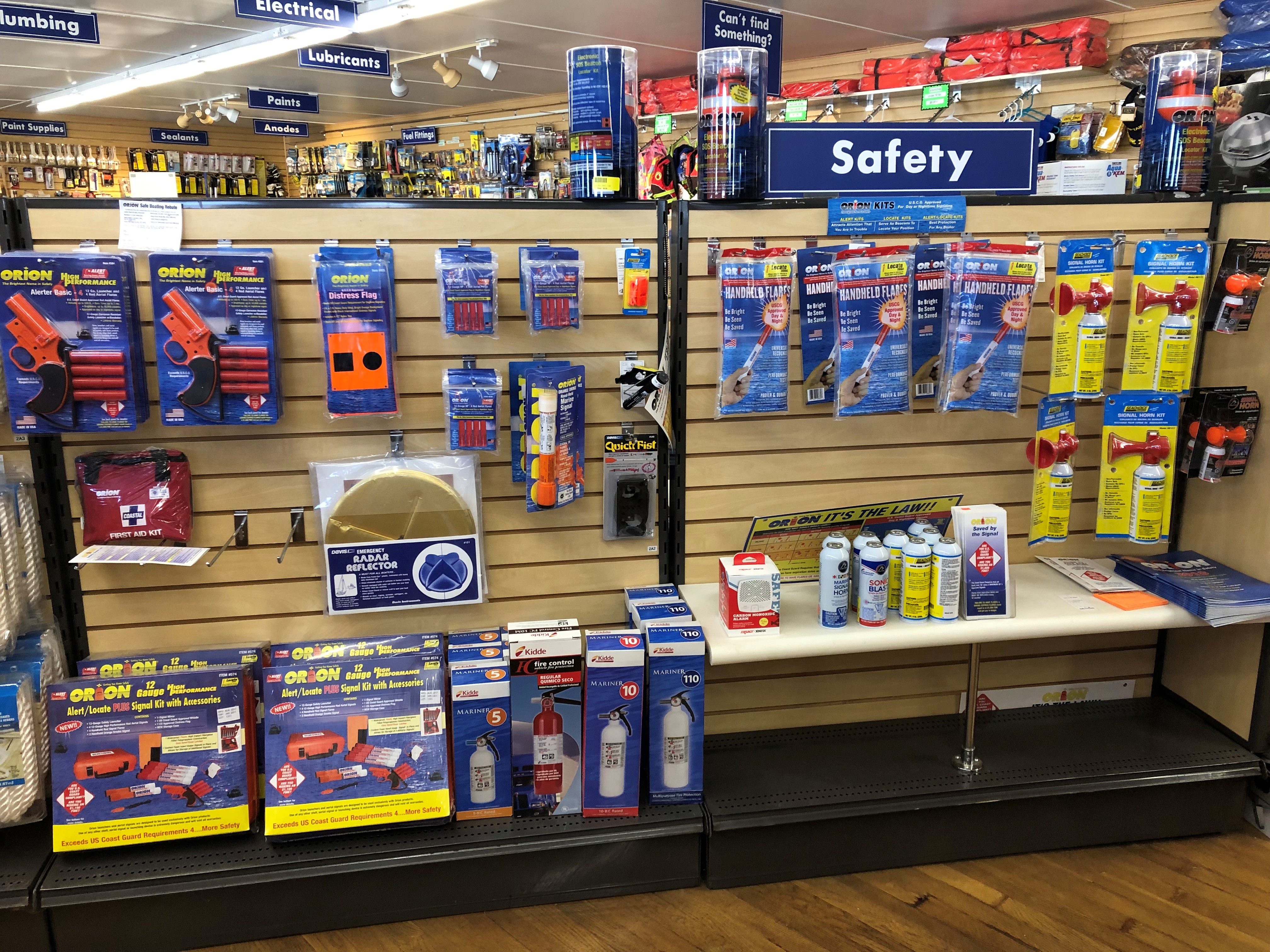Marine Supply | SVL
Marine Supply | SVL
Introduction to Marine Supply
The Marine supply chain is an intricate web of organizations and entities that make up the maritime industry, including ship owners, ports, shipyards, marine fuel suppliers, freight forwarders, customs brokers, and other related businesses. This complex network of businesses and organizations helps move goods and services around the world, while also providing essential support services to the maritime industry. The chain is an integral part of the global economy, providing essential services to businesses and consumers alike.
It starts with ship owners, who purchase vessels and then lease them to companies that need them. These vessels are then loaded with cargo and transported to their destination. Along the way, port authorities, shipyards, and marine fuel providers ensure that the vessel has the necessary supplies and services to make the journey. Once the vessel has reached its destination, freight forwarders, and customs brokers help ensure that the cargo is unloaded and delivered promptly.

The marine supply chain is a complex and ever-evolving system, with new technologies and services being developed all the time. As the industry continues to grow, it is becoming increasingly important for businesses to have a comprehensive understanding of its components. This will help them ensure that their goods and services are delivered in a timely and cost-effective manner, while also providing essential support services to the maritime industry.
Overview of the Marine Supply Industry
This industry is a wide-ranging business that supports the needs of the commercial and recreational marine industries. It's made up of companies that provide products and services to the marine industry, ranging from parts and equipment to fuel and maintenance. The industry is highly competitive and ever-changing, with new technologies, regulations, and customer demands driving the need for innovation.
The industry is global in scope, with major players in the United States, Europe, Asia, and other parts of the world. The industry is highly fragmented, with manufacturers, distributors, retailers, and service providers all competing for market share. Many of the industry's major players are publicly traded on global stock exchanges.

The marine supply industry is highly regulated, with both federal and state regulations governing the manufacturing, distribution, and sale of parts and equipment. In addition, the industry is subject to a variety of environmental regulations, including those related to air and water pollution. As a result, companies must remain compliant with the latest regulations to remain competitive.
Significance of Marine Supply
They play a vital role in the global economy, providing a variety of goods and services to different industries. From raw materials to manufactured products, they are essential to the functioning of the maritime industry and the movement of goods throughout the world. The maritime industry relies heavily on the efficient movement of goods through the supply chain, and the successful delivery of these goods is essential for the continued growth and success of the industry.
The marine chain is responsible for the transportation of goods from the point of origin to the point of destination. This process involves the movement of goods through various ports, ships, and other means of transportation, and requires the coordination of multiple entities, including ship owners, freight forwarders, ports, terminals, and logistics providers. In addition, the chain is responsible for managing the storage and delivery of goods, ensuring they are transported safely and securely.

Challenges in the Marine Supply Sector
The marine supply sector is a critical part of the global economy, providing essential goods and services to the maritime industry. However, this sector faces a few challenges that can limit its growth and success. One of the most significant challenges is the lack of standardization and regulations across the sector. The lack of consistency in quality standards, pricing, and other areas can lead to inadequate and unreliable goods and services that can have a significant impact on the operations and safety of the maritime industry. Additionally, the sector faces high operating costs due to the need for specialized equipment and personnel to meet the needs of the maritime industry. This can put a strain on the profitability of businesses in the sector, making it difficult for them to remain competitive. Furthermore, the sector is susceptible to environmental factors such as storms and other natural disasters, which can cause significant disruptions and damage to operations. Finally, the sector is facing increased competition from other sectors, such as the oil and gas industry, as the demand for maritime services continues to grow. These challenges are significant but can be addressed with the implementation of effective strategies and regulations that ensure safety and quality, while also driving down costs and increasing efficiency.

Innovations in Marine Supply
Innovations in Marine Supply have helped revolutionize the industry. Companies can optimize their operations with the help of technology and analytics. From predictive analytics and artificial intelligence to automated supply chain processes and streamlined logistics, it is continuously evolving. The use of data and analytics to identify trends and forecast demand has enabled organizations to become more agile and efficient in their operations. Companies can collect and analyze data from multiple sources, including customer feedback, pricing information, market trends, and more. This data helps them pinpoint areas for improvement and develop strategies to improve the overall efficiency of their operations.

Sustainability in Marine Supply
Sustainability in the supply chain is becoming increasingly important as the demand for resources continues to grow and the environment continues to suffer from the consequences of overexploitation. They are complex and involve a multitude of stakeholders, from producers to consumers and regulators. To ensure sustainability, these stakeholders must work together to develop policies and practices that are both economically and environmentally responsible. This includes the adoption of sustainable practices such as reducing wasteful production practices, minimizing the use of harmful chemicals, and increasing the use of renewable resources. Additionally, the use of sustainable technologies such as solar, wind, and wave power should be explored. Furthermore, its stakeholders should strive to ensure that their activities have minimal negative impacts on the environment, such as reducing emissions, minimizing water pollution, and conserving habitats. By taking these measures, it can become more sustainable and reduce its environmental footprint.

Conclusion: The Future of Marine Supply
The future of the MS chain is bright. With the continued growth of the global shipping industry, technological advancements, and increased demand for sustainability, the chain is poised to become more efficient and effective in the years to come. Improved communication systems, including the adoption of blockchain technology, will make it easier for all parties involved in the supply chain to more effectively collaborate and track goods in near real-time. Automation and artificial intelligence will become more prevalent, allowing for faster and more accurate decisions to be made quickly. Additionally, the use of predictive analytics will enable businesses to better anticipate and forecast customer demand for goods, as well as anticipate and plan for potential disruptions. Finally, the industry is also shifting to embrace more sustainable practices, such as the use of alternative fuels and the reduction of carbon emissions. All these advancements will create a more efficient, sustainable, and cost-effective environment in the future.


Comments
Post a Comment